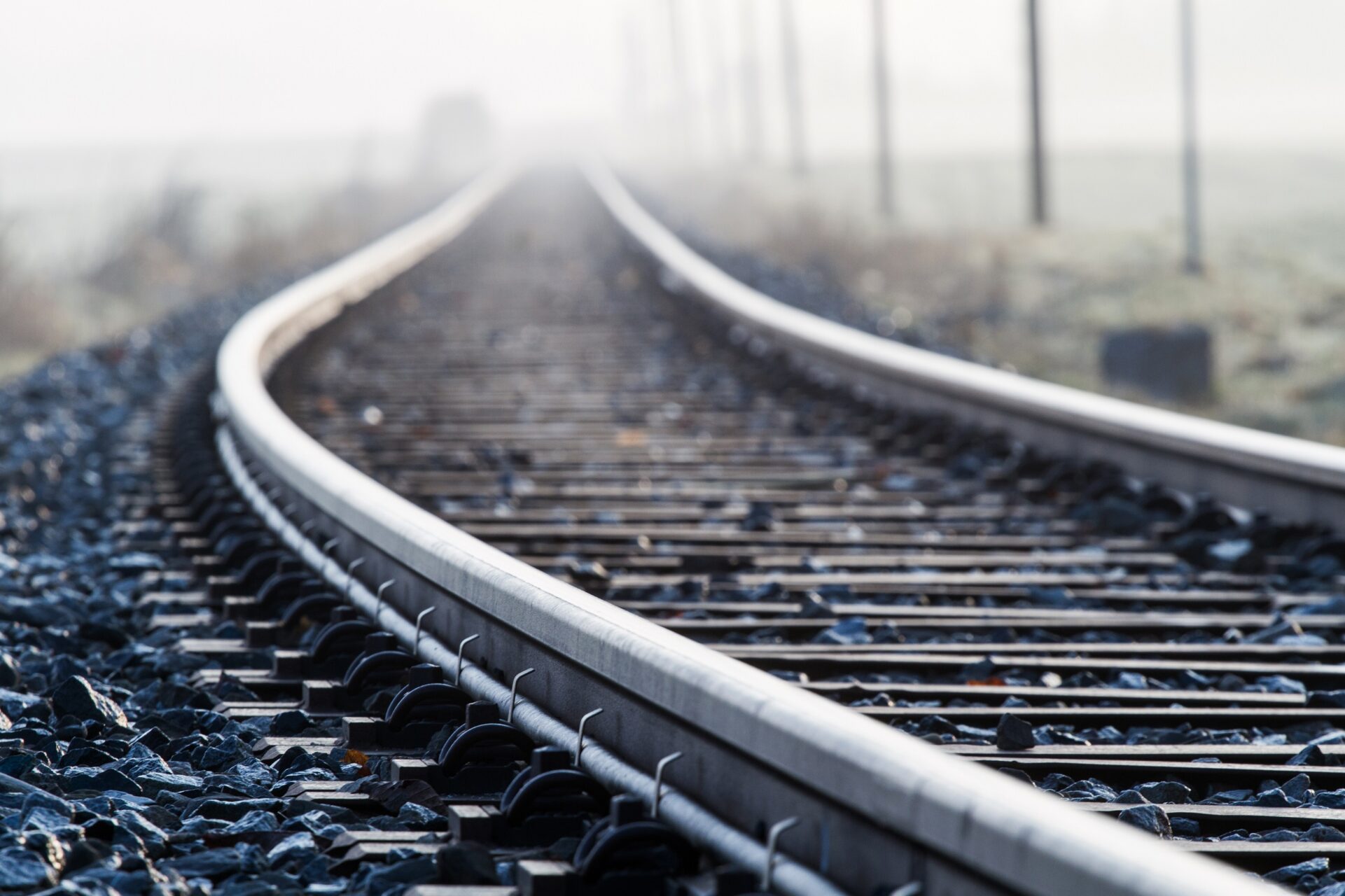RAIL TRACK BARS
- home
- Products
- long products
- RAIL TRACK BARS

Rail Track Bars by M.R Steels
Driving the Future of Railway Infrastructure
At M.R Steels, we're at the forefront of manufacturing and exporting superior-quality Rail Track Bars, designed to meet the rigorous demands of modern railway infrastructure. Our commitment to excellence ensures that every Rail Track Bar we produce not only meets but exceeds international standards, offering unparalleled support and durability for various railway applications.
Product Features
Superior Strength
Crafted from high-quality steel, our Rail Track Bars are engineered to withstand the heavy loads and high-speed demands of modern rail traffic, ensuring long-term durability and safety.
Versatility
Our Rail Track Bars are suitable for a wide range of railway applications, including high-speed lines, heavy haul tracks, urban transit systems, and industrial sidings, offering versatility and performance.
Precision Engineering
Manufactured with precision, our track bars meet exacting specifications for straightness, length, and cross-sectional dimensions, ensuring seamless integration and optimum performance in rail infrastructure.
Enhanced Durability
Treated to resist wear and corrosion, our Rail Track Bars maintain their integrity over time, reducing the need for frequent maintenance and replacements, and ensuring cost-effective operations.
Sustainability
At M.R Steels, we are committed to sustainable manufacturing practices. Our Rail Track Bars are produced with minimal environmental impact, supporting eco-friendly rail infrastructure development.
Product Features
Rail track bars, commonly referred to as rails or railroad tracks, play a fundamental role in the railway industry. Here are some primary applications of rail track bars:
Support and Guide Trains: The most fundamental application of rail track bars is to provide a stable, continuous, and smooth surface for trains to run on. They support the weight of the trains and guide their wheels safely along the predetermined path.
Load Distribution: Rails distribute the loads from the train wheels to the railway sleepers (ties) beneath them, which in turn spread this load to the ballast and subgrade. This helps in maintaining the stability and alignment of the track.
Electrical Conductivity: In electrified railways, the rails often serve a dual function as conductors for the return current of the traction power system, complementing the overhead wires or third rail.
Signal Transmission: Some railway systems use the rails for transmitting signals that control train movements, using track circuits. The presence of a train on a section of track can be detected through changes in electrical resistance, which interrupts the signal and indicates the train’s location to the control center.
Structural Integrity of Track: Rails help in maintaining the gauge of the track (the distance between the two rails), which is crucial for the safe passage of trains. They also aid in resisting lateral and longitudinal movements caused by dynamic forces during train operations.
Thermal Expansion Management: Rails are designed to handle thermal expansion and contraction due to temperature variations. They are installed with specific gaps or are welded into continuous welded rails (CWR) to manage these changes without causing warps or bends.
Speed and Efficiency: High-quality rail track bars enable trains to travel at higher speeds while reducing the rolling resistance, which improves efficiency and reduces energy consumption.
Safety: By providing a controlled and smooth running surface, rails significantly enhance the safety of railway transport. They help in minimizing accidents and derailments.
Specifications
| Usage/Application | Industrial |
| Size | 1-10 mm, 10-20 mm |
| Unit Length | >18 m |
| Material | Mild Steel |
| Finish | Coated |
| Surface | Galvanized |
| Minimum Order Quantity | 5 Tonne |
